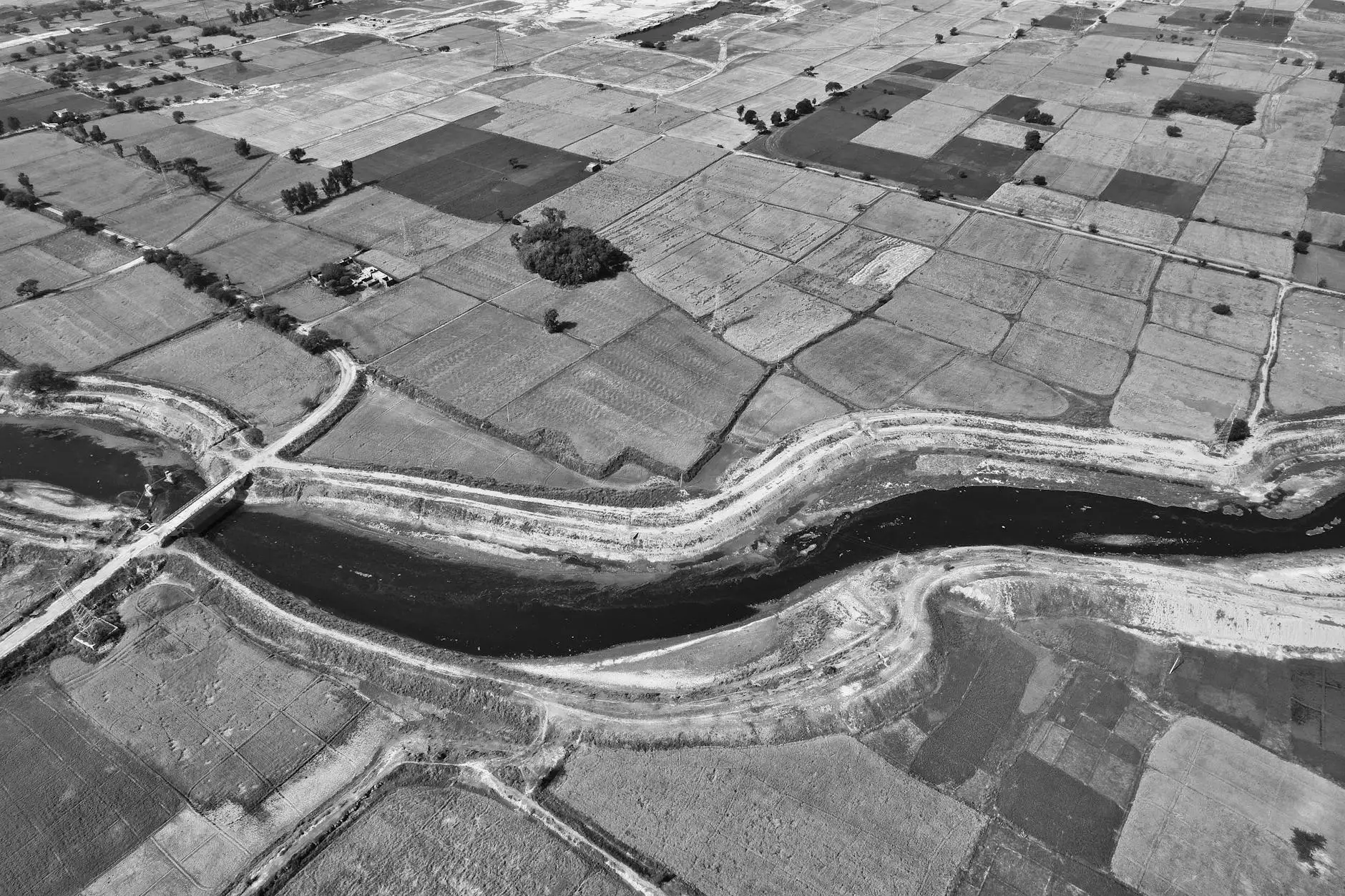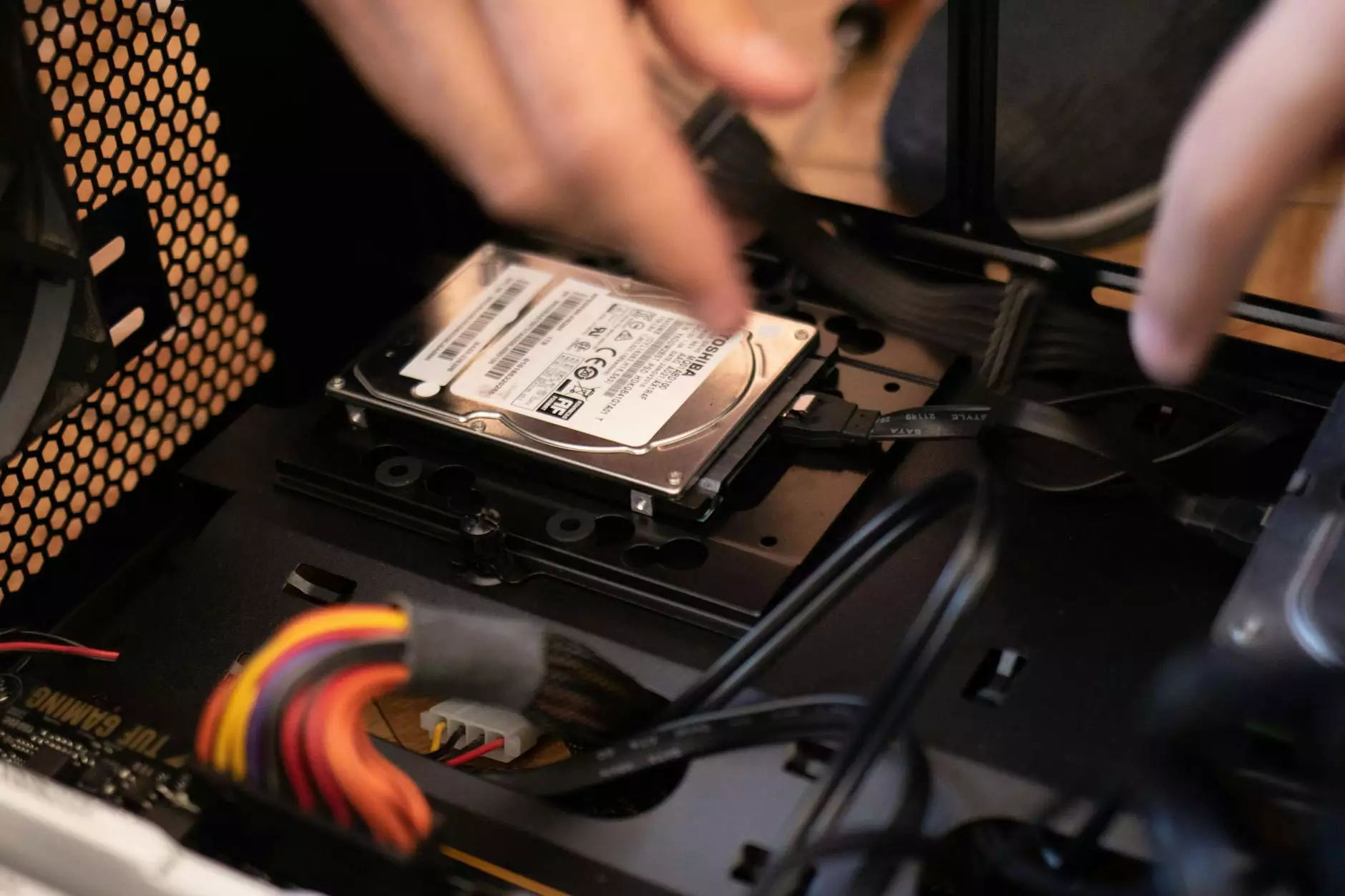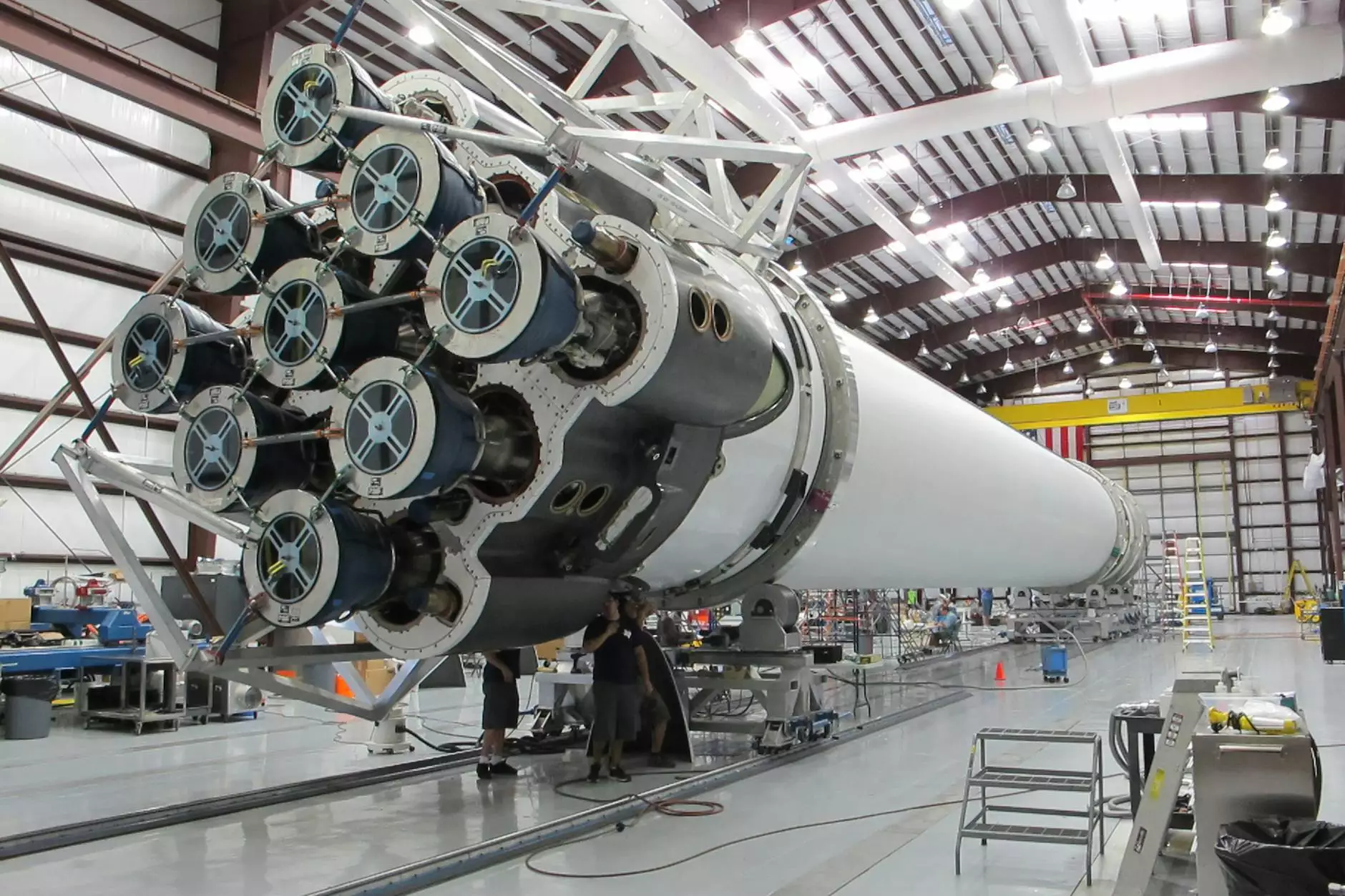Drone Agro: Revolutionizing Agriculture

Introduction
In today's rapidly evolving world, technological advancements have permeated every industry, including agriculture. One such innovation that has gained significant traction is the use of drone technology in agriculture, commonly known as drone agro. Drones have revolutionized the way farmers approach various tasks, providing numerous benefits in terms of precision, efficiency, and productivity.
Enhancing Crop Monitoring and Analysis
Drones equipped with high-resolution cameras and advanced sensors have the capability to provide farmers with real-time data on crop health and growth patterns. By capturing aerial images and employing remote sensing techniques, drone agro enables farmers to monitor large areas of land quickly and accurately. This data can be used to identify areas requiring immediate attention, such as pest or disease outbreaks, nutrient deficiencies, or irrigation issues. By addressing these problems early on, farmers can take timely corrective measures, ultimately increasing their crop yields and reducing potential losses.
Precision Application of Resources
One of the significant advantages of drone agro is its ability to apply resources with unparalleled precision. Drones equipped with sprayers or seed spreaders can precisely target specific areas within a field, thus minimizing wastage and reducing environmental impact. By utilizing targeted application methods, farmers can optimize the use of fertilizers, pesticides, and other resources, resulting in cost savings and improved sustainability.
Mapping and Surveying
Drones equipped with mapping and surveying capabilities have empowered farmers to create highly accurate field maps, monitor soil moisture levels, and identify potential drainage issues. This information aids in efficient land management and helps farmers make informed decisions regarding soil preparation, irrigation planning, and resource allocation. Additionally, drone surveys can also assist in generating precise topographic maps of agricultural landscapes, aiding in effective land utilization and infrastructure planning.
Efficient Livestock Management
Drones are not limited to crop-related applications; they also offer significant benefits in livestock management. With thermal imaging cameras and GPS tracking, drone agro can help farmers monitor livestock health, detect anomalies, and locate animals in vast grazing areas. By remotely assessing animal behavior and identifying potential issues, farmers can intervene promptly, leading to improved animal welfare and overall farm productivity.
Challenges and Future Possibilities
While drone agro holds immense potential, challenges such as regulatory restrictions, limited battery life, and the need for skilled operators still exist. However, with advancements in technology and increasing awareness, it is anticipated that these challenges will gradually be overcome, opening doors to a world where drones become an indispensable tool in modern agriculture.
Conclusion
Drone agro has emerged as a game-changer in the field of agriculture. Its ability to provide valuable insights, optimize resource management, and enhance overall productivity make it an indispensable tool for farmers. By embracing drone technology, businesses in the electronics, IT services, and computer repair sectors can tap into the burgeoning market of drone agro, helping farmers leverage its benefits and contributing to a sustainable and efficient agricultural ecosystem.



